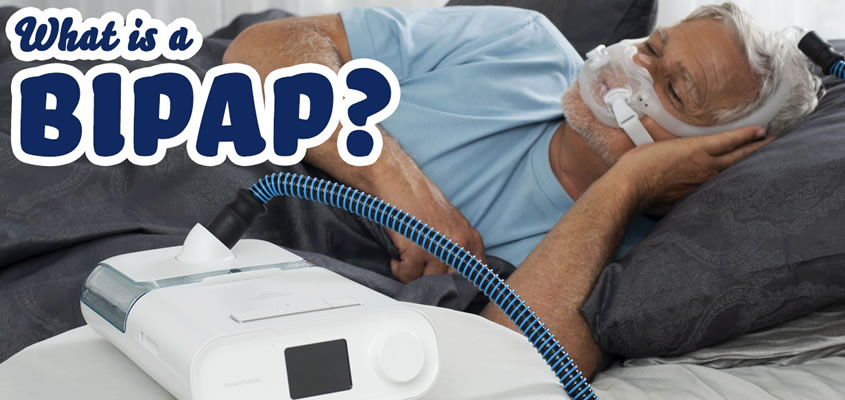
Some medical problems can make it hard for you to breathe. In these cases, you might benefit from bilevel positive airway pressure. It is commonly known as “BiPap” or “BPap.” It is a type of ventilator—a device that helps with breathing.
During normal breathing, your lungs expand when you breathe in. This is caused by the diaphragm, which is the main muscle of breathing in your chest, going in a downward direction. This causes the pressure to drop inside the tubes and sacs of your lungs. This decrease in pressure sucks air into your lungs. They fill with oxygenated air.
If you have trouble breathing, a BiPap machine can help push air into your lungs. You wear a mask or nasal plugs that are connected to the ventilator. The machine supplies pressurized air into your airways. It is called “positive pressure ventilation” because the device helps open your lungs with this air pressure.
BiPap is only one type of positive pressure ventilator. While using BiPap, you receive positive air pressure when you breathe in and when you breathe out. But you receive higher air pressure when you breathe in. This setting is different from other types of ventilators. For instance, continuous positive airway pressure (CPAP) delivers the same amount of pressure as you breathe in and out. Different medical problems may respond better to BiPap versus CPAP.












